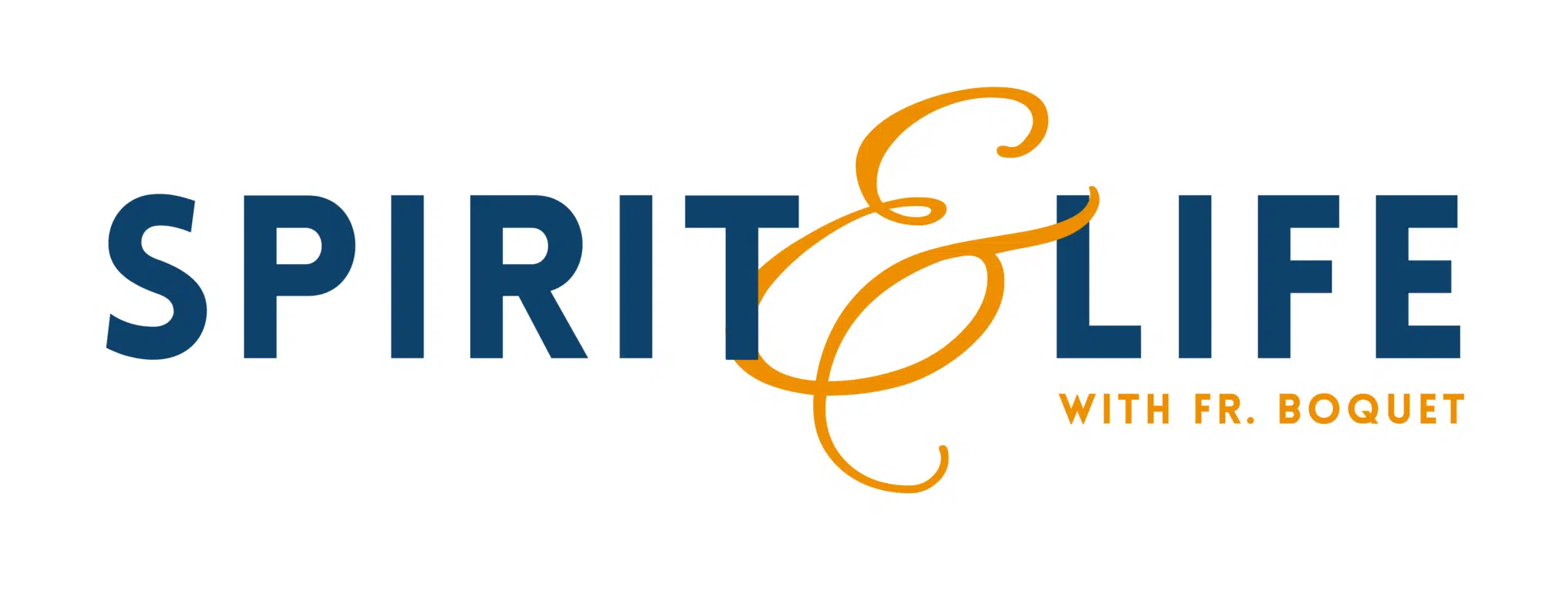Breaking the Chains of Pornography

“Parents and guardians, protect your home! Be vigilant about the technology you allow into your home and be sensitive to the prevalence of sexual content in even mainstream television and film and the ease by which it comes through the Internet and mobile devices. Educate yourselves about filtering software that can assist in protecting your home. Foster openness and trust with your children, so they know that they can come to you if they see a sexual image; by talking about it with them calmly, you can give them a healthy framework in which to interpret it.”
― U.S. Conference of Catholic Bishops, Create in Me a Clean Heart
Human history sometimes appears as series of pendulum swings. One generation strikes out in some bold new direction and promptly goes much too far. The next generation reacts against the excesses of the previous generation and tries desperately to restore the balance.
However, few generations have pushed things so far to the extreme, as the so-called “boomers” who launched the sexual revolution.
At every stage of human history, humans have understood that sex is a powerful force that requires restraints: both individual, and social. The “free love” hippies, however, sought to unleash sexuality entirely, denouncing every taboo or every moral precept as a straitjacket that must be removed for true “freedom” to reign. Whatever anybody wants, goes. The only requirement is that sexual partners must obtain “consent.”
The sexual revolutionaries won. We live in their world.
In the wake of the 60s, promiscuity shot through the roof, no-fault divorce was legalized and became the norm, contraception flooded the markets, and abortion was legalized to “take care of” the inconvenient problem of the inevitable spike in unwanted pregnancies.
And pornography, once constrained to seedy stores in back alleys, flooded the screens of our TVs and computers.
From Revolution to Ruin
Indeed, porn is everywhere now.
The statistics are staggering. The average of exposure to porn is 12 years old. Traffic to pornographic websites makes up a stunning percentage of all web traffic. Porn users are becoming so numbed to the endless stream of high-definition novelty that the porn producers have had to create increasingly vicious, violent, degraded, and disturbing material, just to keep the attention of their consumers.
Porn is now so normalized that it has moved into the full glare of popular entertainment. The once-edgy movie sex scene is ubiquitous in many of the most popular TV shows. Many of these scenes are far more graphic, and disturbing, than anything in the racy movies even of the boundary-pushing 80s.

Many young people have witnessed thousands or even tens of thousands of people engage in sexual behavior, before they even have their first kiss. Many children in middle school or high school exchange nude photographs or videos, in many cases because it is viewed as practically required, according to the new rules of dating.
The dating scene is fraught. Not only do the majority of young people assume that their first date will end in the bedroom, many of them also assume that the ensuing sexual exchange may well include violent, but normalized practices such as “choking.” Even I still find this unbelievable. But the research is unambiguous. One recent study of young people found that 57% of them had been strangled during sex. One doesn’t even know where to file a statistic like that. The brain boggles.
The Moral Wake-Up Call
But the good news is that the pendulum can only swing so far to the extreme, before the backlash begins. And make no mistake, it has begun.
One of the most encouraging articles I have read in a long time recently appeared in NBC news. It is titled, “The Strange Bedfellows Driving — and winning — the War on Porn.”
The article begins with this heartening paragraph:
On almost every front, those who argue that pornography is a scourge on society are racking up wins. States are implementing online age verification laws, and some politicians are pursuing aggressive bans on explicit content. Culturally, the viewpoint that porn is not only harmful to women but increasingly men and the sexual development of young people has made significant inroads.
The thesis of the article is summed up in the sub-heading: “Feminists, religious crusaders and ‘alpha male’ influencers have turned the tide in the decades-old battle over adult content.”
In other words, fighting against obscenity is no longer the ambit of white-haired women who you might catch sight of picketing outside a theater showing a lewd play, while their children walk by and roll their eyes with embarrassment.
Nobody is rolling their eyes anymore. More and more people, of every political and ideological stripe, are suddenly waking up to the fact that they and their children have been drowning in a swamp of filth that would make what previous generations looked upon as “obscenity” look like a Disney movie by comparison.
The Anger of the Pornified Generations
When one looks into the personalities who are leading the charge against porn these days, one is often struck by their youth. And one is struck also by their anger.
Many young people are now outraged that the adults in their life not only did not protect them against the extremely premature loss of their innocence, but in many cases fought on behalf of the porn companies in a misguided campaign for greater “freedom.”
This idea of “freedom” is a diabolical lie. In their pursuit of an unfettered right to do whatever they wanted, the sexual revolutionaries failed to notice that they had created a world that robbed their children of the freedom to live their childhood, unmolested by the darkest and most disturbing fantasies of depraved men and women.
There are whole generations of young girls who never had the chance to feel the thrill of having a boy take their hand or receive a sweet Valentine from a shy admirer. There are whole generations of young boys who have only ever known the rapacious, consuming desire for women that is deliberately inflamed in them by the insatiable porn industry.
The Countless Victims
Then there is the growing anger of the victims of sexual abuse and trafficking. The trafficking, in this case, is not committed by South American cartels, or back alley pimps, but rather by some of the wealthiest, most powerful companies on the planet. These companies, the owners of some of the most popular porn websites on the planet, deliberately created a system by which sexual predators could effortlessly upload and distribute photos and videos of their sexual crimes, with almost no safeguards to protect victims.
Thousands of young people, girls primarily, have come forward with stories of how they tried for days, weeks, months, or even years, to have websites like Pornhub remove videos that showed them being sexually assaulted or raped, to no avail. And even if one copy of the video was taken down, dozens of other copies would show up on the same site, or other sites.
This reality is described in excruciating detail by anti-trafficking advocate Laila Mickelwait in a recent podcast entitled, “How Pornhub Became the Internet’s Biggest Crime Scene.” She describes how many thousands of videos depicting child rape, or violent sexual assaults, were effortlessly uploaded to Pornhub, and the company’s many other sister sites, and how the victims’ efforts to have those videos purged were ignored or actively resisted.
Victory Exposing the Industry
But, here too, there is good news. In recent years Pornhub has had to remove almost 90% of its content, in the face of lawsuits that forced them to admit that they had no meaningful screening policies, and that almost anyone could upload any kind of content to their site. Major credit card companies withdrew their services from these porn sites, hitting them in the wallet. And lawsuits that could force them to shut down entirely are proliferating.
Meanwhile, states and nations are increasingly passing age-restriction laws that are forcing these companies to put in place meaningful age filters (cf. US Supreme Court upholds Texas law). In some cases, the porn sites are responding by simply blocking access altogether in those jurisdictions: an act of protest that says more to expose just how evil these companies are (they would rather offer no porn, then ensure that children can’t access it) than anything that an anti-porn crusader could say.
The Church Speaks Against Porn
Recently, the U.S. Bishops re-issued a letter that was first published ten years ago. Entitled “Create in Me a Clean Heart,” the letter issues a stark warning against the rise of pornography. It also offers a deep reflection upon the dignity of the human person, as well as practical advice for all those who are affected by pornography.
It is well worth a read-through in full. I urge you to spend half an hour doing just that. If you have teenage children, why not print out a few copies and read it with them?
The bishops note that in recent decades the problem of loneliness has increased. This problem, already acute in the years since the advent of the Internet, social media, and the smartphone, only became that much worse in the wake of the pandemic, which fractured communities and relationships.
“This isolation threatens one of the deepest desires of the human heart,” write the bishops. “The desire for genuine relationship is intrinsic to human nature and its goodness is revealed by God: ‘It is not good for the man to be alone’ (Gn 2:18).” The bishops add, “Lack of opportunity to connect with others and eroding social institutions can frustrate this desire, even to the point of causing the individual to willingly retreat into isolation as an apparent comfort. In that isolation, pornography offers a deceptive substitute for real relationship.”

Indeed, the bishops note that in many cases porn consumers are not so much perpetrators, as they are victims. “Often, those users don’t seek out illicit material; it seeks them. The pervasiveness of video-based social media platforms leaves little chance for people to ‘opt out,’” the bishops note.
They continue, “Some platforms also entice users, through peer pressure and false promises of ‘easy money,’ into sharing self-made pornographic material. The business models of major pornography sites depend on getting young people addicted, which is why some have chosen to shut down operations altogether rather than verify the age of users where legally required.”
The Treasure of Preserving Human Dignity
Perhaps the most important part of the letter is quoted at the beginning of this article. It includes a series of practical tips to parents about how to handle Internet access in their homes. The bishops make no bones about it: parents have a crucial responsibility to filter and monitor Internet access. They must protect the innocence of their children. And they must teach them the truth about the human person.
“It is your great and crucial responsibility to teach your children the true meaning of human sexuality, enabling them to see its beauty as an expression of total love,” write the bishops to parents. “Even from an early age, your children can learn self-control, modesty, and respect for others from your words and actions. Education in chastity also includes doing whatever you can to protect your children from pornography and helping them to reject it and other sexual sins as they mature.”
That, ultimately, is what the fight about pornography is against: not a fight against obscene materials. But rather a fight for a world in which children have the opportunity to live meaningful, beautiful lives, in which their hearts have been trained to give authentic love to those in their lives, rather than to merely take what they can for the sake of short-sighted pleasure.
It is encouraging to see more and more people joining the fight against porn. I encourage you to reflect upon the bishops’ letter, and to ask yourself if there is anything you can do in your family or community to raise awareness and end the domination of the porn juggernauts.

